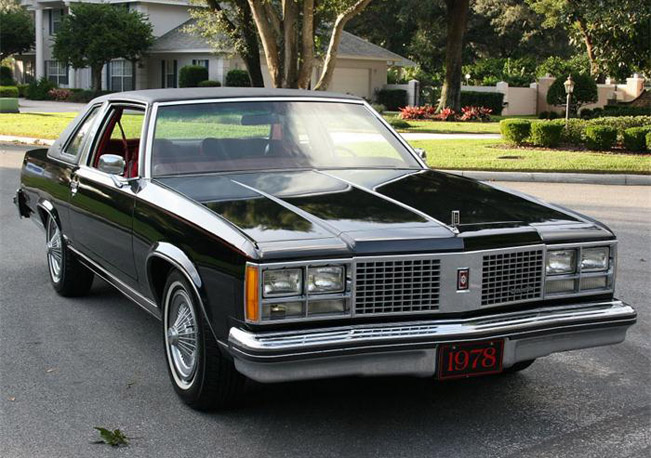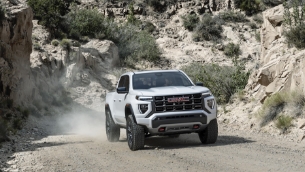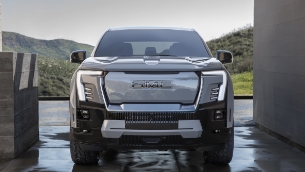The Ill-fated Oldsmobile Diesel

Sometimes automotive companies do silly things and the story of General Motor's diesel V8 highlights one of the best (worst?). Here's the story. During the mid-1970s, meeting new federal EPA emissions regulations was causing many issues for car manufacturers and their dealers. The solution, at least to some executives at General Motors, was to rush a series of diesel engines to the marketplace. This is because diesels were not subject to the same emissions requirements as gasoline engines. Besides Mercedes and Peugeot had both been quite successful selling diesel cars in the U.S. so why wouldn't General Motors be? Though the new GM-designed diesel engines were destined for all the GM car divisions, the design responsibility fell to GM's Oldsmobile group. Working at a frantic pace, the first Oldsmobile-built diesels hit the dealer lots in 1978, and there were problems. Oh boy, were there problems.
To begin with, Oldsmobile powertrain engineers based the design on the division's existing 350-cubic-inch V8. It is an urban legend that GM engineers simply slapped new diesel heads on the standard 350 block and did little else. This is not the case by any stretch. The new block was reinforced substantially internally and was built of a sturdier cast-iron alloy; the blocks weren't really the problem. The trouble came from the cylinder heads and the fuel system. In particular, the cylinder heads. They broke an awful lot resulting in massive problems for GMs dealer network.
To understand the GM diesel debacle it helps to understand a little about diesel technology. Diesel engines operate using a compression-ignition scheme. As gas is compressed, its temperature goes up, and, in the case of a diesel engine, it's compressed until the diesel fuel in the combustion chamber ignites. This leads to much higher combustion chamber pressures than are present in a gasoline engine. Once again, much higher combustion chamber pressures than in a gasoline engine. Typically, diesel engines have more and stronger head bolts to compensate for the diesel's higher cylinder pressure. The Oldsmobile diesel, however, maintained the same 10-bolt pattern and head bolts as gasoline engines so that common production tooling could be used for both the gasoline and diesel engines. This was a big mistake. There were also other issues with the engine: a fuel-pump timing chain that stretched and poor dealer service training, to name a few. And, even in good running order they were just plain loud, and belched quite a bit of smoke; all to provide acceleration that can best be described as modest.
Production of the Oldsmobile diesel lasted from 1978 and 1985 and it caused a class-action lawsuit that saw owners reimbursed for up to 80 percent of the cost of a replacement engine upon failure. The engines were so bad that they spurred legislators in several states to draft early lemon laws. Ultimately, Oldsmobile-built diesels ruined the American consumer's appetite for diesels for almost 3 decades. Only now are diesels beginning to reenter the U.S. car market in small numbers—and most of those are from non-US manufacturers. This is quite unfortunate because diesel technology is robust, proven and can lead to tremendous fuel economy.
Courtesy of: Team Kia New Hampshire










